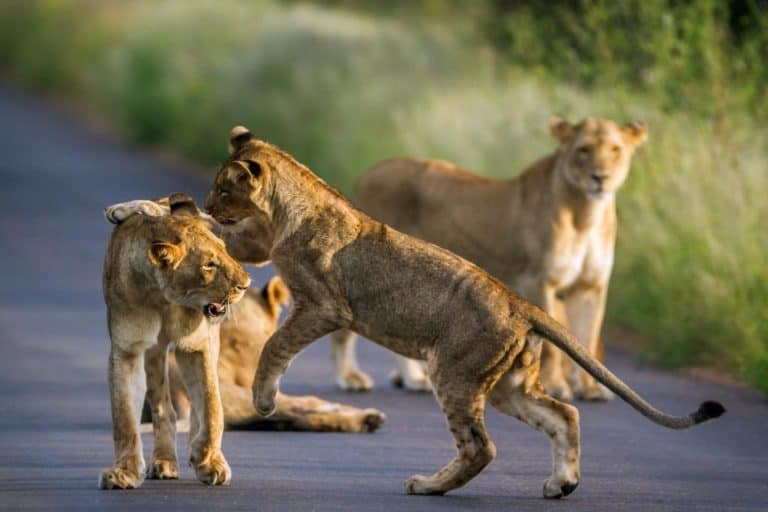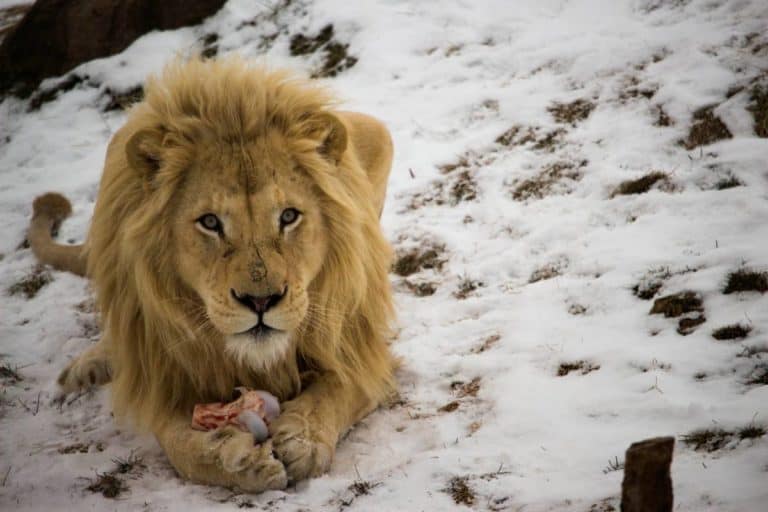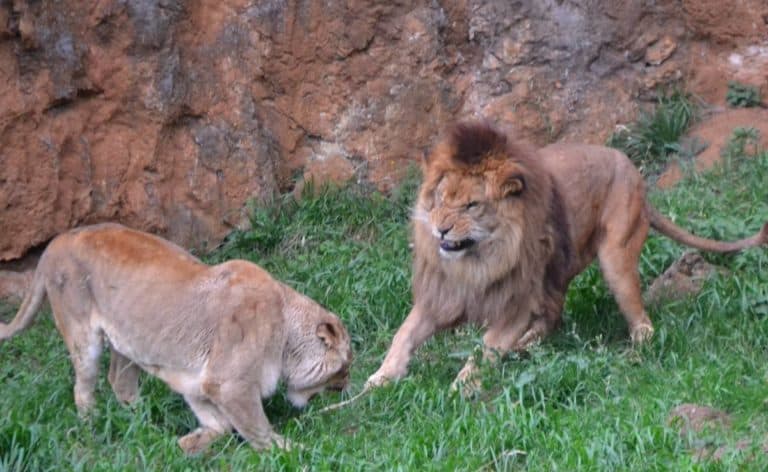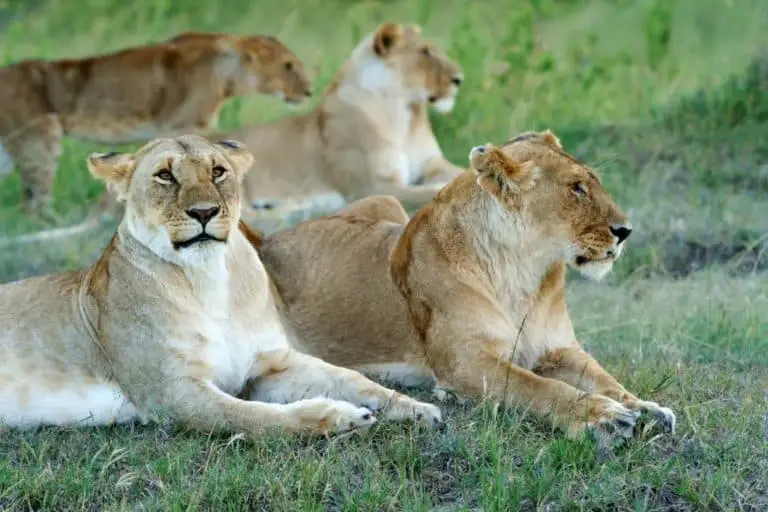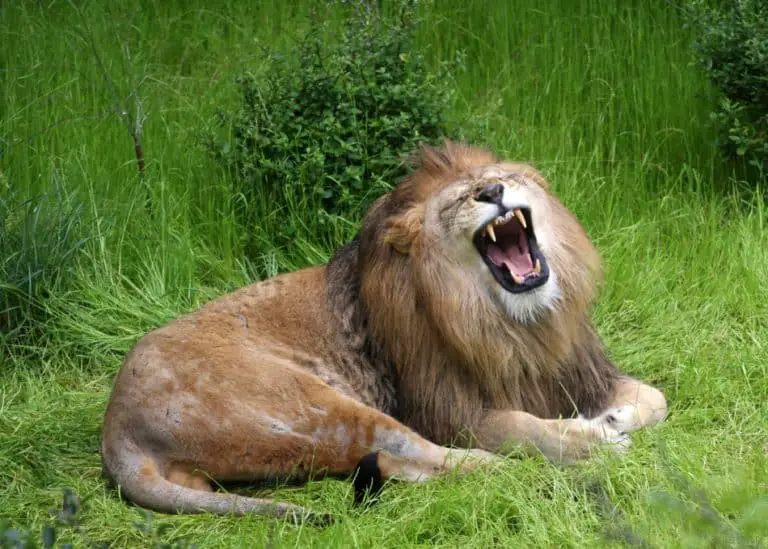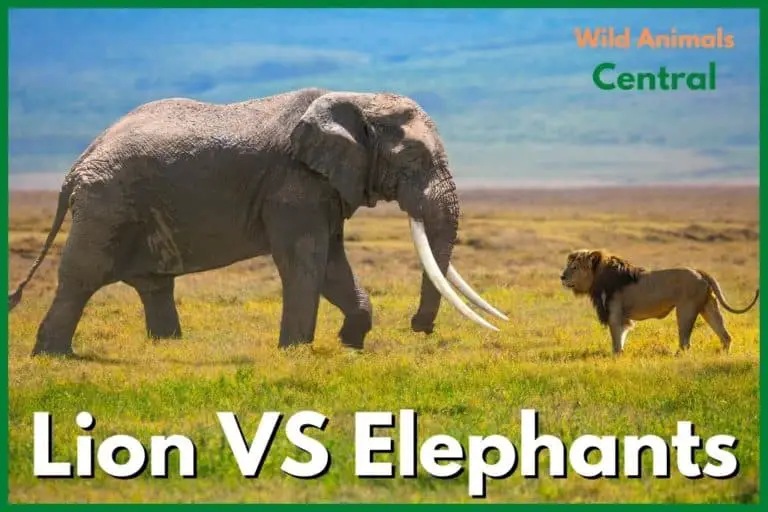Why do lions have manes?
I have seen images of lions without manes. Do they become males when their hair falls out?
Even if it seems so, the “manelessness” does not indicate being a male. The lack of hair around the neck and head is part of genetic variability within the species present in both sexes, although more often in males. The lack of a mane doesn’t mean anything.
The male lions’ manes indicate their sex and maturity and contain some social function. Like other cats, male lions will lick the base of the tail near the scrotum to deposit scent so that their presence can be more noticeable to other lions. It’s also worth noting that many cat fathers are known to murder the offspring of a member of their own family, so keeping tabs on what’s going on with its members is essential.
That means that having a mane does not affect one’s capacity as male or female, although it is often considered a male characteristic in various cultures.
For example, the mane is associated with males in American society, but this is not necessarily universal.
An individual of one sex may take on the function of another in certain well-known instances in nature, such as among seahorses and certain species of grouse in which the male incubates the eggs that she has laid for a short time in some penguin species. In those cases, the lack of a mane wouldn’t indicate being female.
In felines such as lions and domestic cats, sexual maturity is indicated by specific anatomical changes; however, if we were to consider them biologically, not socially, the presence or absence of a mane wouldn’t have any relevance.
I’m pretty sure that the lack of a mane does not mean anything in terms of being male or female. There are cases where one sex brings up the offspring because they are genetically programmed to do so. However, this isn’t true for all species.
How did the lion get its mane?
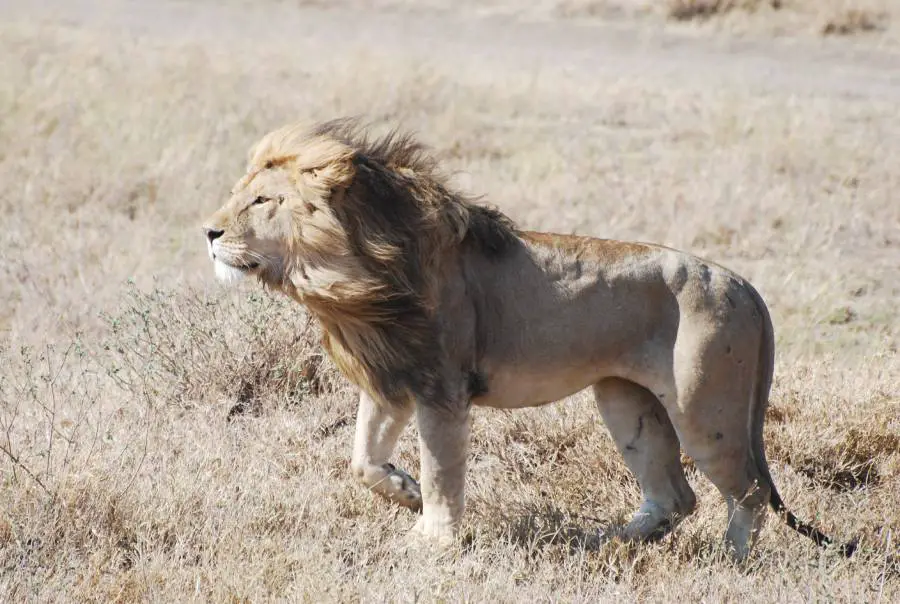
No one knows how the lion got his mane, but various theories exist. Some say that it distinguishes males from females, while others explain that it protects them against blows by other male lions. Another theory suggests it protects their necks during fights.
One thing is sure: they have not always had them. Fossil remains do not indicate whether they had manes, although it is believed that the cave lion was a “maned lion” because it lived in a colder climate and needed protection against cold. The same thing happens with other animals, such as deer, who have antlers to defend themselves from predators living in cold climates.
In short, we do not know why they have manes, but it has been suggested that the long hair at the neck is to protect them against their opponents. It is also believed that the lack of hair prevents water from reaching their skin to cool down efficiently during hot periods.
Does every male lion have a mane?
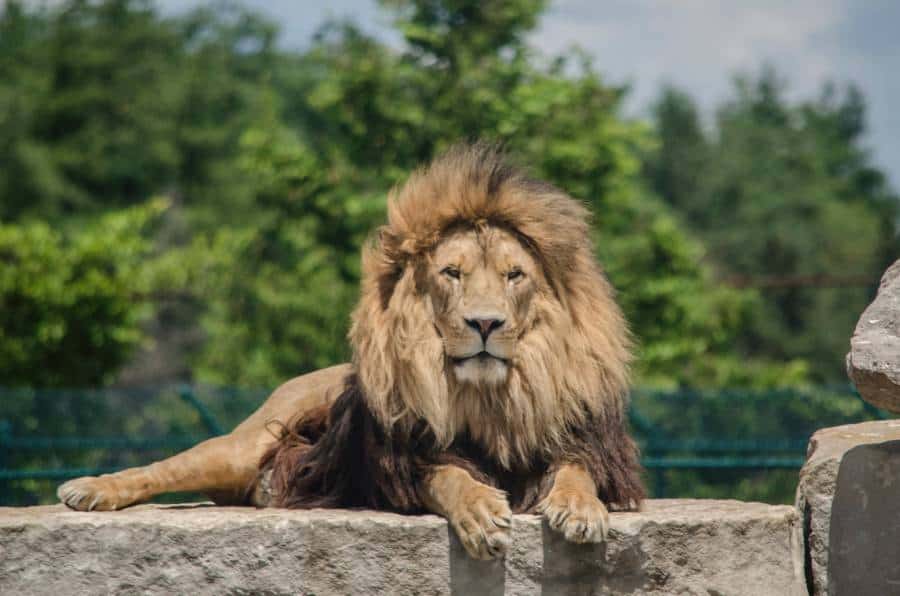
Male lions have no mane, but they usually have long hair on their necks.
Every time I see an image of an adult lion, it has a mane. However, there are cases of individuals that do not have them even though they are adults.
There is no way to determine the sex just by looking at the size of the mane. Biologists often find it challenging to decide on sex based on external appearance because other variables, such as hormones and morphology, do not always have access.
For example, in wild lions and other Felidae studied thus far, it has been noticed that females tend to be more aggressive than males and even use violence to capture food.
This is observed in other animal species, such as seahorses, where the males take care of the eggs they fertilize. So there are cases where the roles change depending on whether it is a social or biological function.
So can we conclude that if an individual has no mane, it is a lioness?
No, because it is not an absolute indicator of biology. The presence or absence of mane can vary based on hormones, and nutrition status, among other things. We cannot say it is because the individual is female. After all, it may be due to other circumstances which are still unknown.
Individuals with a mane generally are males, and those without it are females. However, as we mentioned earlier, this is not an absolute indicator because there are always exceptions to the rule.
What would be the reason behind those exceptions?
Science has not found a reasonable explanation for these cases of “sex reversal” we mentioned above.
We can see substantial variations in individual instances because we deal with individuals who reside under the same circumstances, implying more minor variation than if we were comparing different groups of people who live and work in very different ways.
Genetic reasons, nutritional status, or living conditions could play a role in the absence or presence of mane.
But very little can be said about these cases because there are no examples that have managed to survive all the variables listed above.
First conclusions about evolution based on this information
When male lions have a mane, it is more likely to reproduce since they present themselves as better able to ensure that the offspring is theirs; however, there are cases where they do not have a mane and still reproduce.
We can conclude that this characteristic does not determine whether an animal will be able or unable to reproduce.
Of course, we can make hypotheses based on these observations, such as:
- Only those individuals who grow a lot of hair in the mane will be able to reproduce or
- If an individual does not grow a mane, it is because he has some other genetic factor that makes him unable to reproduce.
These hypotheses can not be confirmed, but we could accept them correctly if we repeated words and experiments with other individuals and reached the same conclusions.
In this case, we could say that the presence or absence of lions would be a characteristic inherited by families and not acquired during an individual’s lifetime.
Some individuals have a mane but cannot reproduce, while others do not have one and still manage to do that. For example, some female lions with a mane have even given birth.
Based on this information, this is one of the first conclusions drawn about sex and reproduction. Still, it would be necessary to continue observing different individuals in different geographical areas, including environmental factors such as climate and nutrition status.
So we cannot say whether an individual has a mane or not that it will reproduce.
In case you were wondering, the answer is no.
The presence or absence of a mane in lions is determined by laws related to sex determination, and there are cases where individuals with hair can reproduce while some without one can also give birth. In other words, it is not a characteristic that determines whether an individual can reproduce or not.
Why are lions the only cats with manes?
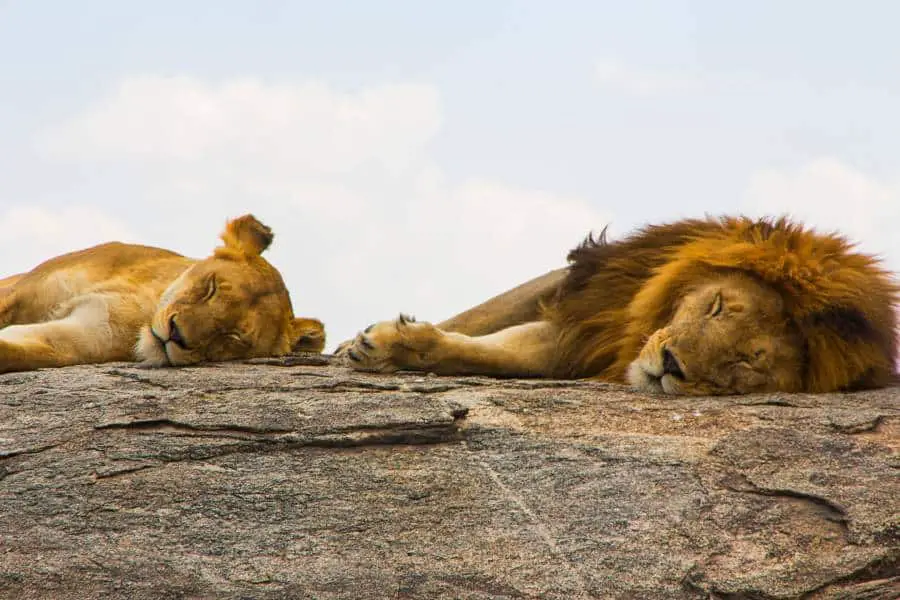
This is a fascinating question but has not been answered well enough yet.
From observations in the wild, it seems that other cats besides lions have manes. This means that something else must influence their growth because they live in groups and reproduce sexually. The only difference between them is that they do not have a mane.
Several big cats live in groups and can reproduce sexually, but they do not present a mane even though they are the same size as other large male cats, such as tigers and leopards, who have one.
A possible reason would be that some other genes influence the growth of the mane in these animals during their development to maturity. These genes exist because all individuals, regardless of whether or not they have a mane follow the same pattern of hair growth before and after sexual maturity.
Even though it has not been proved yet, if we think about this hypothesis, it would make sense to say that in addition to the genes related to sex determination and mane growth.
There is also a gene or some other genetic factor that determines whether an individual will have a mane or not.
